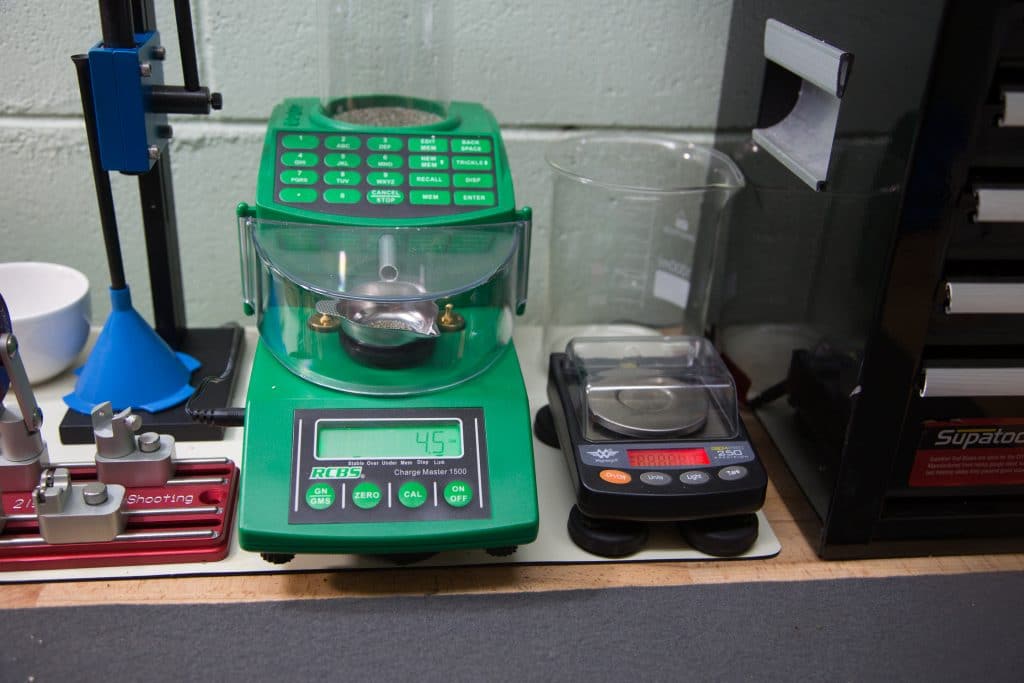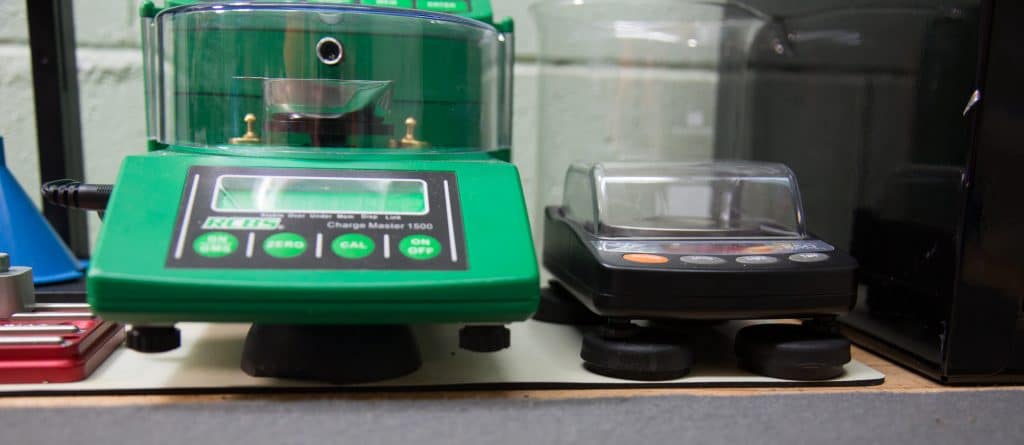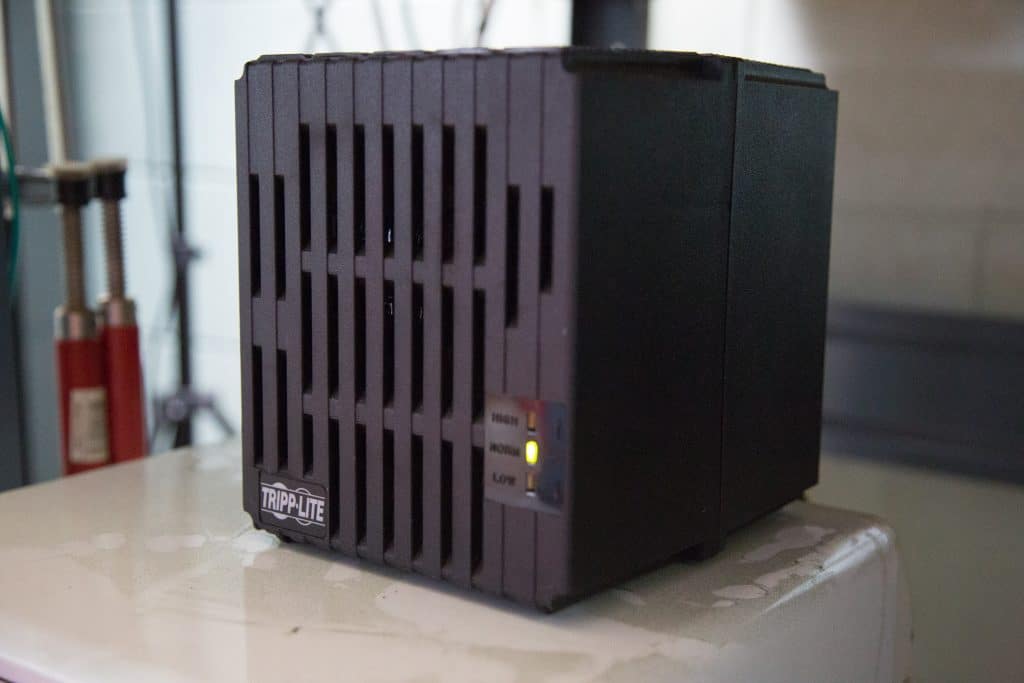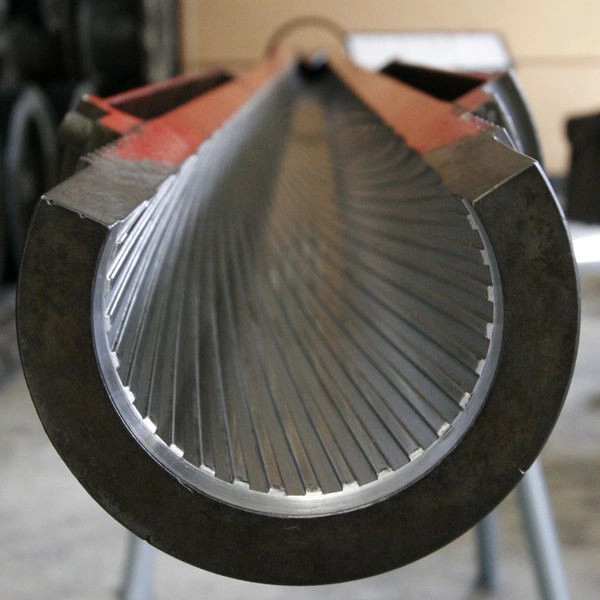There is no arguing that accurate charge weight is a fundamental step towards reducing variance and increasing consistency in your reloads. Accurate powder scales are a critical component to this. Accurate reloading scales go a long way towards better handloading.
Without fail, as soon as a discussion about measuring charge weights starts, people will view off into the digital vs analogue debate. Those who have always used balance beam scales will declare that a digital scale will never be as accurate or fast, while those in the digital domain suggest it is time people got out of the dark ages and got with the times.
Regardless of your preferences, I am a digital lad, brought up in metric, started on a computer at a very young age, and generally, comfortable with technology.
So, on the premise that you have decided to go digital, what factors can affect the accuracy of the scales, and what can you do to reduce them?

Digital Powder Scales
When working with digital reloading scales, there are five key factors to consider –
- Load cell accuracy
- Load factors
- Environmental forces
- Interference with signal transmission
- Calibration
Load Cell Accuracy
First of all, how accurate a powder scale do you need? If you are doing plinking ammo for pistol at twenty meters, then a stock standard thrown charge with a check on any scale may do. However, as you go out further in distance, and wish to decrease the variance of FPS from round to round, therefore wanting to reduce Spread and SD, one sitter of an area to address is minimising variation between each powder charge.
There is a great article that addresses it over here.
This article should help you feel confident that points lost to elevation are not because you were slack in perfecting your powder charges. I believe +/- 0.02 grains is exactly the right amount of precision.
Response Time
Also worth considering – is how fast does the powder scale update? This is particularly important if you are looking at trickling into the pan. If the reloading scales takes a while to update the display, you may have already overcharged the pan before you are aware of it.
Load Factors – good support, even distribution
It is really, really important that you set up your reloading scales level, on a rock-steady table. Rock. Heavy. Some (like myself) even go so far as to put a slab of granite or marble under the scales to ensure there isn’t any movement. This includes the table, and even the floor itself. Any vibration can cause variation and movement on your reloading scale setup. We are trying to reduce variable anywhere we can.
Depending on your workflow, consider putting the powder scales on a totally separate shelf/table to your press. The vibration from the press might affect the weighing action. If you are only doing one thing at a time, this won’t be an issue. But I am also after efficiency in my reloading – so will often be conducting several stages at once.
In my case (because I had them left over from the audio days) I have them up on isolators as well. Do they make a difference? Don’t really know. Haven’t tested – but I have boxes of these things, and it’s not going to make anything worse.

Environmental Factors
Drafts
Make sure the powder scale isn’t getting a breeze across it. Powder scales are sensitive, and, if you are standing there watching the figures go back and forth, you may find you are in the middle of a breeze. That’s why some reloading scales come with a cover – however, personally, I am working in an environment where I haven’t found a need to use mine. You might.
Temperature
Let the units warm up. It might sound strange, but the internal temperature change, while subtle, can be enough to change the response of your reloading scales. Most people would suggest to turn a reloading scale on at least half an hour before starting to take measurements on it. If it is AC powdered, I would just leave it on. It isn’t going to use that much power, and then you can just start measuring whenever it is you find yourself in the reloading room. No waiting!
Humidity
Tied in a fair bit with temperature – try to keep a constant humidity in your reloading room. This is also better for the powder, components and any other equipment (like firearms) stored in there.

Reloading Scales, Signal Interference
Dirty, dirty power.
I think the big one here is a combination of plugging an unregulated wall wart (power adapter) into a circuit that potentially has fluro tubes, the big freezer, maybe a heater, and all other manner of items the result in the electrical current feeding the powder scales being quite variable.
This is often just a case of needing to test, then eliminate, isolate and minimise. Some people don’t have any issues, some people (maybe the same people who ‘just don’t think digital reloading scales are accurate enough’) have powder scales that seem to drift or don’t hold a zero.
If you are having issues, you might find unplugging the freezer while working might be the solution, or replacing the fluoro bulbs with newer ones.
In my case, I put a power conditioner on the bench and run all critical electronics through it (the reloading scale and the chargemaster). This essentially eliminates the power supply from the electronics and ensures they get a clean feed. It is important to note here – that a Power Conditioner and a UPS are not the same thing. It’s worth reading up on before you purchase anything.
Magnets, how do they work?
Magnetic fields, i.e. static electricity, can also cause issues with your setup. Again, depending on your situation, it might be an easy solve or it might be harder to deal with. For some, simply touching a bit of earthed metal can be enough, or, if you are reloading in a carpeted room, it might be worth considering an anti-static mat or the sort computer technicians often use.
Me personally, as I like to do things slightly over the top, I have an earth wire running from each metal machine, from a matt under the electronics and attached to the metal frame of the table, all running to an earth pin only plug into the power supply. I could run a direct wire to an earth pin outside, but that really would be getting a little OTT.
Calibrate, calibrate, calibrate.
So, you have clean power, a clean environment, have cleaned the equipment itself and are ready to start measuring. But how to you ensure that that unit itself is working like it should? You need a known item to weigh, and then tell the reloading scales what the known items weight is – you need to calibrate!
Most decent powder scales and reloading measures will come with a reference weight. This is a small, identified weight that can be use to ‘tell’ the powder scale what is correct and what isn’t.
This is an important step. Environmental factors, from day to day, can affect the measurement, so calibrating before starting a session essentially resets the powder scales back to a know accurate point.
The interesting thing is this, provided you always use the same weight and look after it, then it doesn’t really matter if the weight itself is perfect or not. You closed loop system (meaning you always use the same weight and confirm everything with that same setup) will be consistent within itself. However, that also means you can’t use another reloading scale, or use someone else’s reported weights, without confirming yourself (as you should anyhow).


